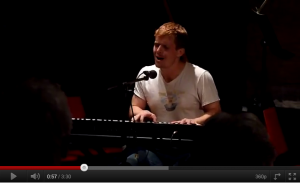In his memoir I. Asimov, the writer Isaac Asimov has this to say about sex education:
Considering how important sex is,how great a source of joy, how enormous a source of misery and disease, how it permeates the working of courtship and marriage, isn’t it strange that we go to great lengths to teach our children to play football and make no effort whatever to teach them to play sex?
Any attempt to introduce sex education classes into the school curriculum is always met with fierce opposition. The feeling among those who oppose it (after you strip off the hypocrisies of “morality”) is that learning about sex will encourage youngsters to experiment with it and lead to unwanted pregnancies and disease.
To me, this seems ridiculous. Nothing on earth can stop youngsters from experimenting with sex unless they are kept so brutally in ignorance and captivity that their lives are distorted and ruined. By stripping away the mysteries of sex and treating it openly, the act is robbed of illegality, of its attraction as “forbidden fruit.” In my opinion, good knowledge of all aspects of sex, including proper methods of contraception and hygiene, will actually reduce unwanted pregnancies and disease.
Couldn’t have said it better myself.

